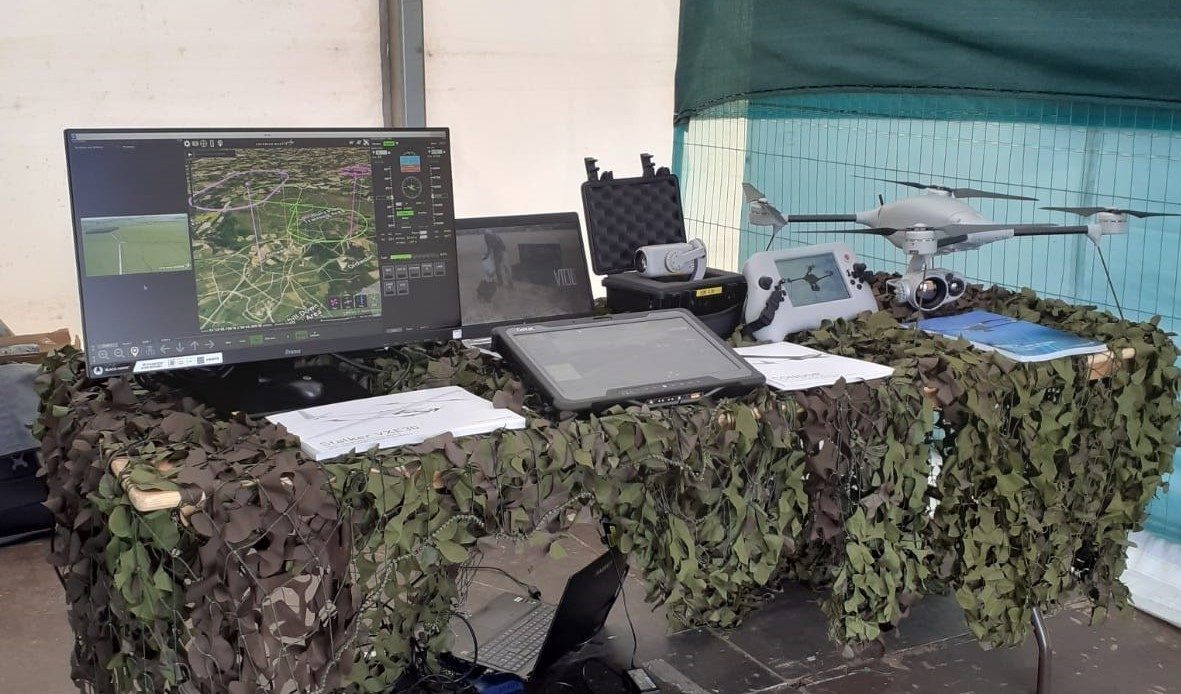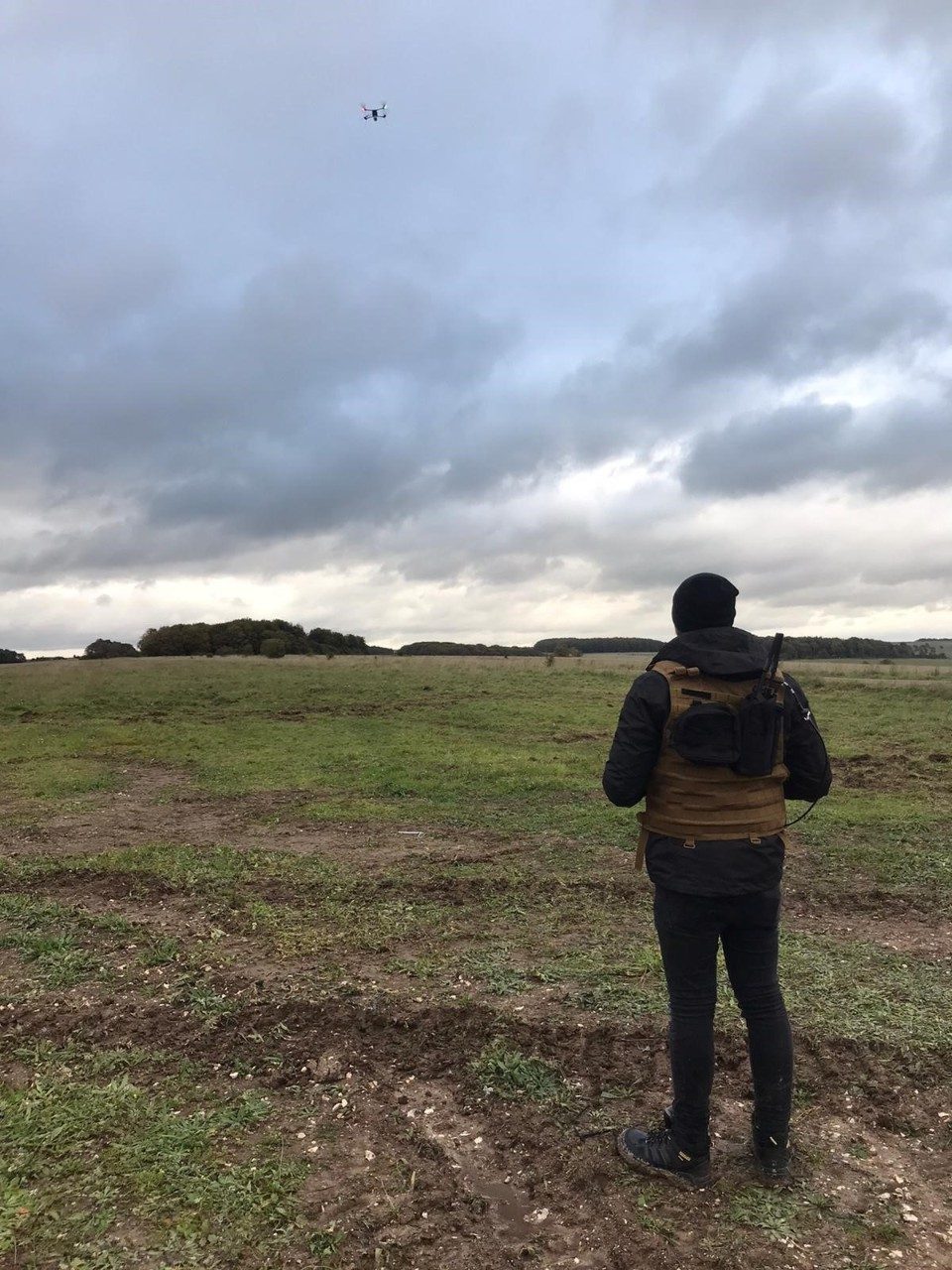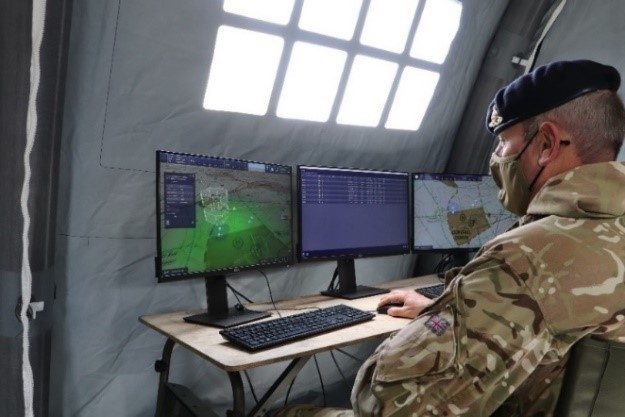The Army Warfighting Experiment (AWE) is the British Army’s live trial of emerging military technologies and tools – bringing together industry and military experts to test new technology and improve Army capability.
A range of systems are tested in the field by putting them in the hands of the user, providing invaluable feedback to companies like Lockheed Martin.
This year AWE20, conducted on the British Army’s training area on Salisbury Plain, Wiltshire, during October, focused on technologies in the agile command, control and communication space. The goal was to help the Army identify how it can best increase awareness of battlefield surroundings, improve communications on the move, deploy more effectively and increase survival in combat.
In today’s data rich digital age, it’s becoming increasingly important for systems in the battlespace to not only complement one another but also to be able to seamlessly integrate and share live data feeds - this “information advantage” enables troops at all levels to be able to make informed decisions based on real-time data.
The event was split into two parts. The first section involved live experimentation, followed by a series of visits from senior military decision-makers.
During the experimentation exercise, the capabilities on show from Lockheed Martin provided the Army with the products capable of delivering, real-time precise information direct to individual users – this powerful enabler meant that troops could see how they would be able to make informed decisions really quickly in an overly congested and busy operational environment.
Lockheed Martin was selected to showcase several emerging technologies from teams in the UK, Canada and the US:
- LARES is a networked IT service. Using live video stream from multiple UAVs, it provides intelligence, Surveillance, Target Acquisition and Reconnaissance (ISTAR) situational awareness service across the battlespace in real time. It also provides command and control across a fleet of operational UAVs.
- Unmanned Aerial System Indago, which took part in the THEIA showcase.
- Skykeeper, a mature and comprehensive Battlespace management system.
- Unmanned Aerial System Stalker XE was also on show, although due to COVID-19 restrictions preventing the US team attending, Stalker XE did not participate in live trials.
LARES

LARES is an aerial unmanned Intelligence, Surveillance, and Reconnaissance (ISR) service
The design philosophy of the LARES team is to develop UAS (unmanned aircraft systems) and ISTAR (intelligence, surveillance, target acquisition, and reconnaissance) software to extend the reach and intelligence capability for reconnaissance and power projection in congested battle spaces to provide integrated, real-time, reliable information to the battlespace commanders without putting lives at risk.
LARES is a networked IT service which enables multiple UAVs (Lockheed Martin and third-party) to be monitored and controlled from the remote HQ positions, offering commanders a complete view of current UAV operations across the battlespace. It incorporates Lockheed Martin’s Versatile Control System International (VCSi) Common Ground Control System (GCS) system.
LARES is designed and developed in the UK with three key principles:
- Reduce time to act given shared Situational Awareness from all unmanned assets in the battlespace.
- Unconstrained sharing of unmanned asset footage across the battlespace and back to HQs.
- More efficient utilisation of unmanned assets across the battlespace by planning and managing the deployment of all unmanned assets in a single, shareable, environment.
INDAGO

Indago flying at AWE20 on Salisbury Plain
The rugged Indago systems weighs less than 10 lbs and fits in a small backpack. It is a very stable platform offering weatherisation from wind and rain, it can be deployed in approximately two minutes. Indago provides tactical situational awareness and intelligence collection capabilities for military and government customers around the globe.
The system was chosen by the Swiss Army in the summer for tactical reconnaissance and surveillance.
Read more from the British Army.
SkyKeeper

SkyKeeper in use with RATDU (Royal Artillery Trials Development Unit)
SkyKeeper, designed and developed in the UK, with a pedigree of fielded UK programmes is a Battlespace Management C4i (BMC4i) system that utilises a scalable, fully networked open architecture to integrate cutting-edge sensors with real-time data from advanced air surveillance assets, to deliver full battlespace management.
Thanks to AWE20 the SkyKeeper team were able to give 1-2-1 demonstrations of the capability and discuss its potential wider employment on the battlefield.
Ben Cottenden, a business development lead for Lockheed Martin, said: "In interconnected digital battlespace is the battlespace of the future – the integration of SkyKeeper can support this by enhancing the Army’s digital backbone and enabling situational awareness information to be passed around the battlefield."
"Throughout the showcase there were a number of visitors, including senior military decision-makers visiting the Lockheed Martin stand to view SkyKeeper."
Ben said: "Visitors understood that SkyKeeper is about “pulling everything together”, offering commanders that single source of truth they needed to make tough decisions.
"The ability to integrate any sensor and any effector due to its open architecture really made SkyKeeper stand out and the ability to spirally develop as future technology comes online is a positive that we will take forward."




